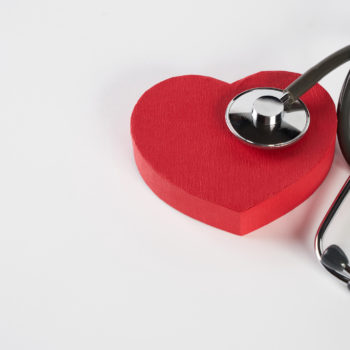Christmas holidays can be stressful, even for the heart. With winter sports, deadlines to close at work and food and wine holidays, Swedish cardiologists have sounded the alarm: heart attacks are more frequent in winter. That’s why you need to be more careful if you are suffering from or at risk of heart disease. We talked about it with Dr. Maddalena Lettino, a cardiologist at Humanitas.
What is the link between cold temperature and heart attack?
Food, alcohol and above all the cold are the main causes of the peak of heart attacks recorded on the night between 24 and 25 December, around 10 p.m. This is said to be an observational study published in the British Medical Journal, the result of an analysis conducted on more than 300 thousand cases of myocardial infarction that occurred between 1998 and 2013, contained in the Swedish register of coronary units “Swedeheart”.
Due to many factors, including low temperatures and the fact that the blood vessels of some people at risk are not always in perfect health, on Christmas Eve there was a 37% increase in heart attacks, while the surge settled at +27% the next day and fell to +20% on January 1st.
Studies suggesting that intense cold is a possible danger to the heart and vessels are numerous. Also in Sweden, another survey published in Jama and conducted on more than 274,000 patients with cardiovascular problems has shown that on days with a temperature below 0 ° C the number of heart attacks increases. Vasoconstriction can cause atherosclerotic plaques to rupture. Just increasing the temperature by 8 degrees reduces the risk of heart attack by 3%.
Avoid efforts and stay warm
The combination of fatigue and polar temperatures can be a real enemy for the heart and increase the danger of a heart attack by up to 34%. Respiratory infections also increase the risk of a heart attack by up to 6 times. The suggestion is therefore to reduce exposure to the cold through appropriate clothing and heating, avoiding efforts below zero or challenging winter sports. The possibility of a heart attack is also consistent, especially if you choose physical activity in the morning, between 6 and 10 am, when the probability of cardiovascular events is highest within 24 hours.








